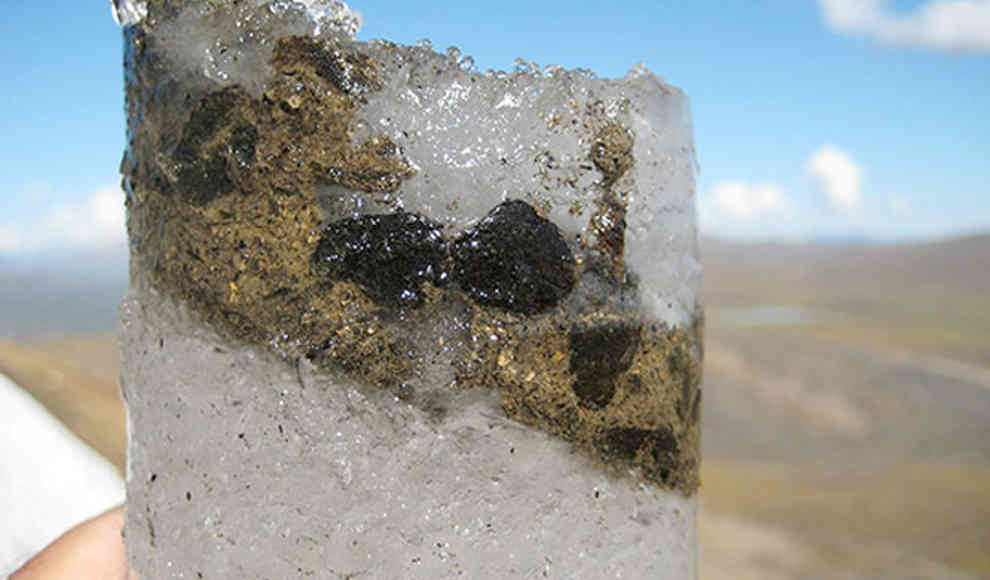A virus that has been trapped in ice for over 700 years has been discovered by scientists from the Department of Plant Pathology at the University of California. The virus was found in ice core samples and was successfully reactivated using DNA from related viruses. Although the virus did not cause any harm to a tobacco plant it was used to infect, the researchers were able to prove that it was still infectious after all these years. The findings, published in the Proceedings of the National Academy of Sciences, suggest that viruses can survive for extremely long periods of time in ice. This raises concerns about the potential dangers of climate change, as melting permafrost could release unknown viruses that have been trapped for centuries.
The discovery of the virus highlights the potential risks associated with climate change. As permafrost melts, viruses that have been trapped for centuries could be released into the environment, posing a threat to human health. The researchers behind the study warn that their findings confirm these risks and suggest that we need to be prepared for the possibility of new and unknown viruses emerging as a result of climate change. However, it is important to note that it is unclear whether these viruses would still be infectious after such a long period of time. Further research is needed to determine the potential risks associated with melting permafrost and the release of ancient viruses.
In conclusion, the discovery of a virus that has been trapped in ice for over 700 years highlights the potential dangers of climate change. While the virus was not harmful in its current form, the fact that it was still infectious after all these years raises concerns about the potential risks associated with melting permafrost. Further research is needed to determine the potential risks associated with the release of ancient viruses and to develop strategies to mitigate these risks.










